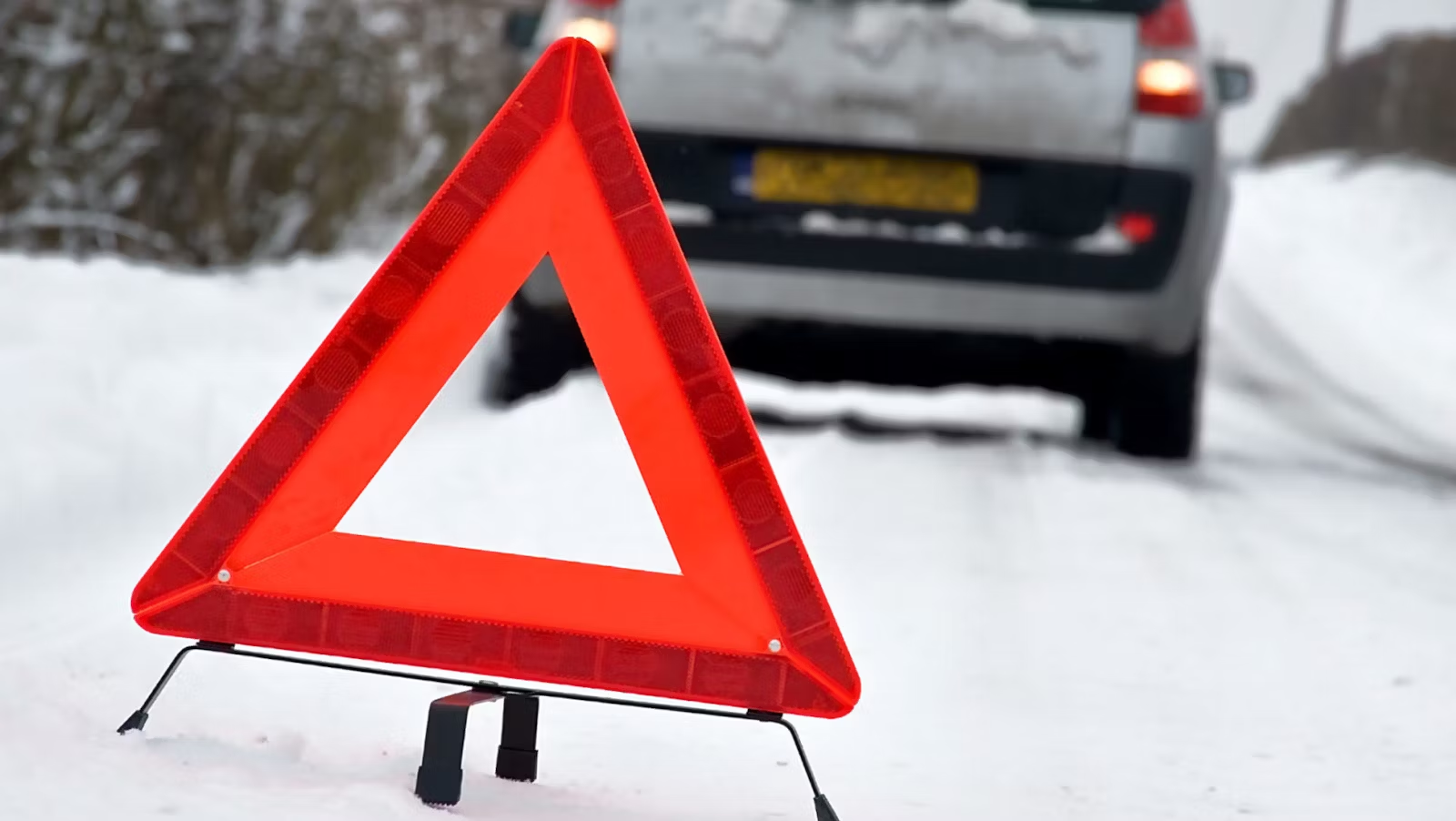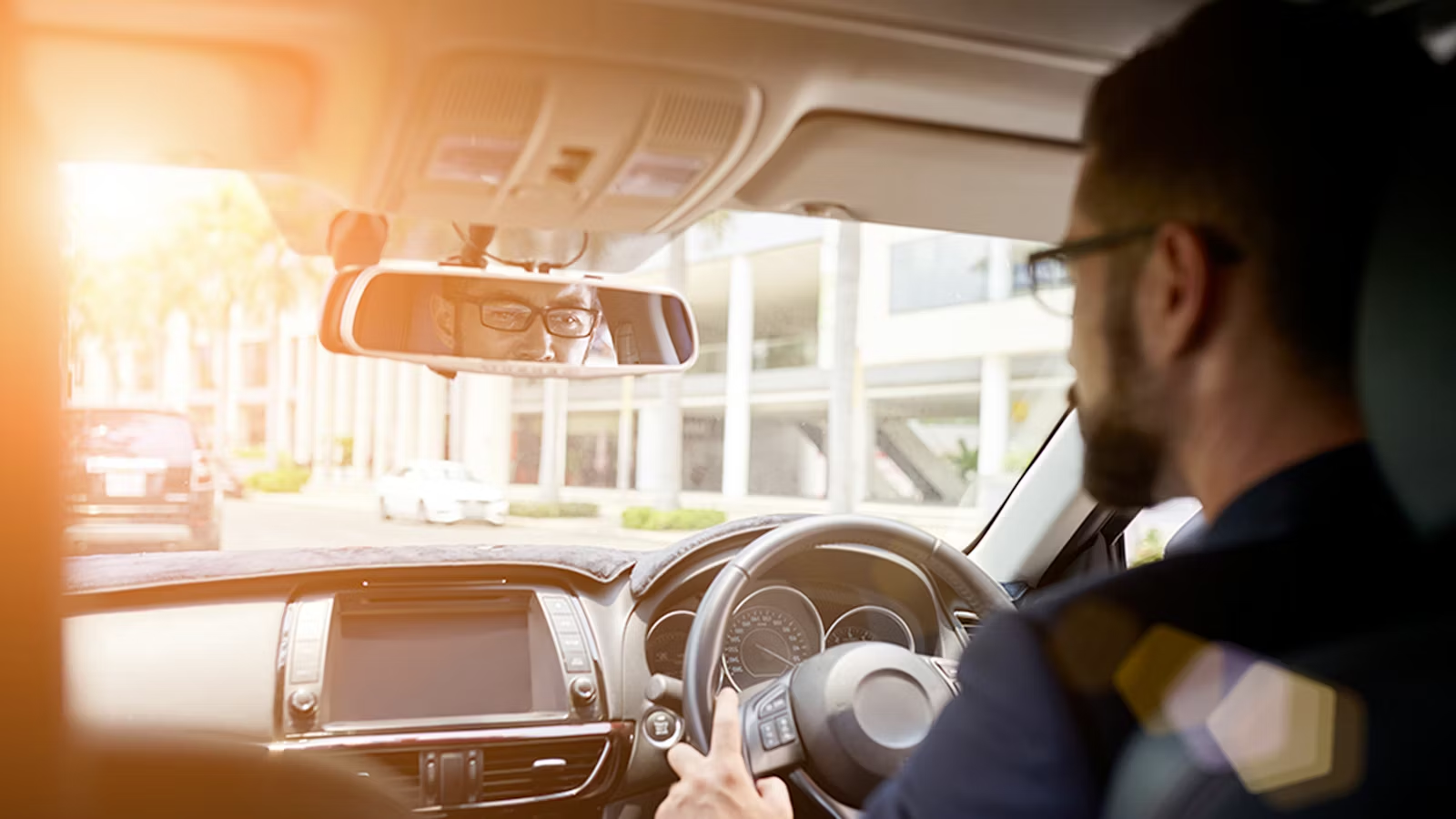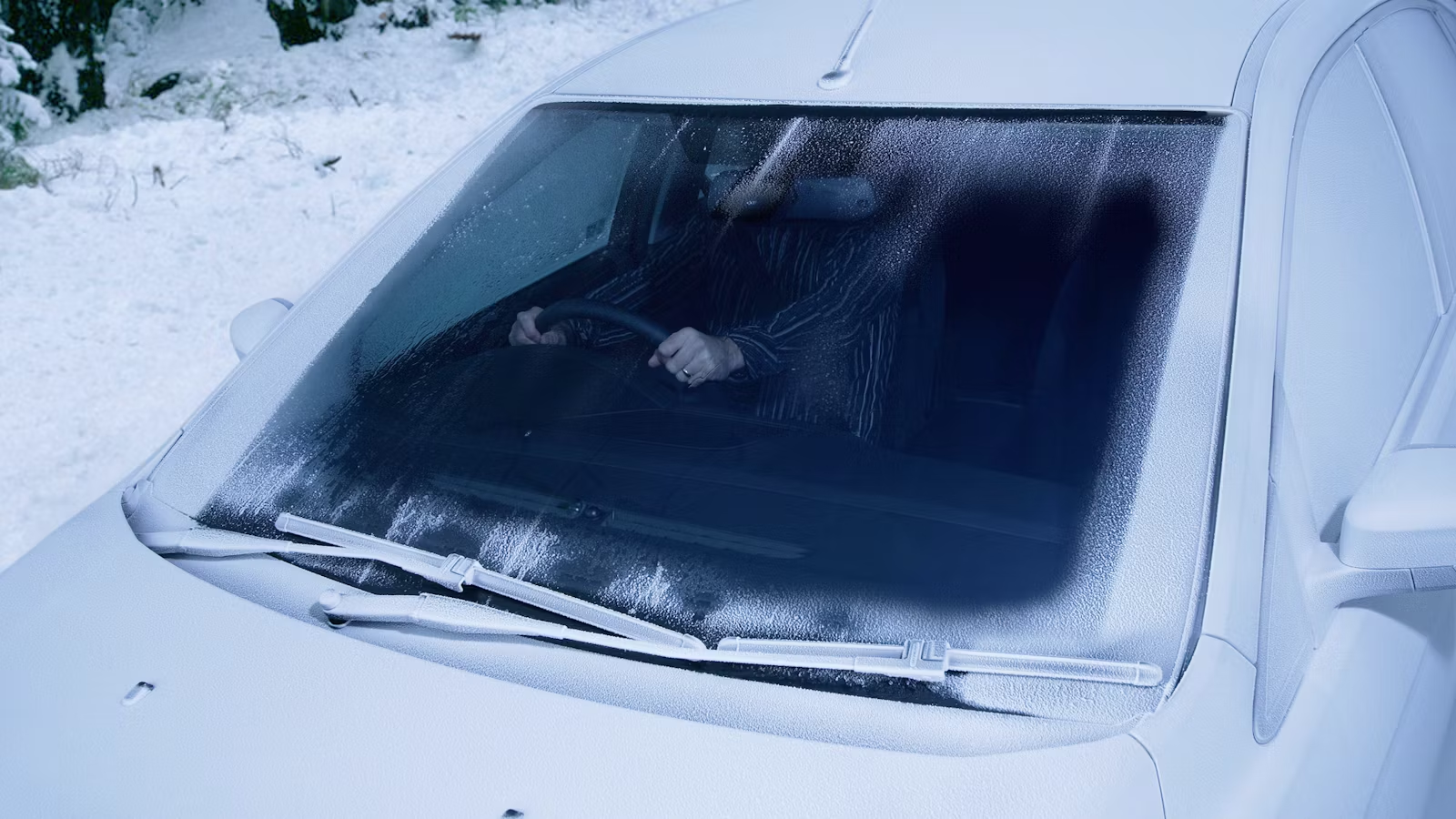Car essentials: 15 things to keep in your car at all times
January 27, 2022 by Jamie Edkins

It’s a terrible feeling when your car breaks down, or extreme weather leaves you stranded miles from home.
It’s important that you’re equipped to deal with anything when out and about, which is why we’ve compiled a list of 15 things you should keep in your car at all times so you’re not caught out.
Spare tyre and wheel-changing tools
No one wants to be stuck on the side of the road with a flat tyre, so it’s important you make sure you have a spare in the car.

You want to make sure the spare has got good tread on it, and that it’s inflated to the right pressure. You also need to know how to change the wheel, so have a practice at home so you’re prepared if the worst happens.
A spare tyre is no good to you at the side of the road if you don’t have the tools to change it. You’ll need a jack to raise the car, along with a wheel brace to get the wheel nuts off. If your car has locking wheel nuts you’ll also need the key to remove them.
Make sure you know where the wheel-nut key is and how to use it.
Some cars will have a can of tyre sealant and a compressor in the boot instead of a spare tyre. These won’t be able to seal every puncture, however, so be prepared to call a recovery service if your tyre is badly damaged.
Basic tools
Having tools in your car could be vital if you need to make minor repairs on the road. You can get a basic toolkit in a compact case for between £15 and £30. These will usually include screwdrivers, spanners and pliers.

Having items such as cable ties and duct tape can be handy as well in case something comes loose on the car and you need to make a temporary repair. Keep in mind that driving around in a car held together with tape may not be safe at motorway speeds. You should have your car repaired professionally as soon as possible.
Warning triangle
If you find yourself broken down on the road, it’s important to warn other drivers that your car is a hazard. Carry two warning triangles so you can place them at separate intervals.

Place one around 10 feet behind your car, and then the second approximately 100 feet (30 meters) behind your car on the same side of the road. Also, make sure they are not too close to the side of the road. You should position them in line with the centre of your car.
Take great care when placing and retrieving the triangles, and never use them on motorways.
High visibility clothing
A big part of staying safe when you’re at the side of the road is being seen, especially at night. This is why you’ll want some sort of reflective clothing in the car.

Just a thin high vis jacket will suffice, but the bigger and brighter the better. It needs to have silver reflective strips and be a bright colour such as yellow or orange to give oncoming motorists the best chance of seeing you. In some countries, such as France, it is a legal requirement to carry this (among other items) in your car at all times.
Warm clothes/shoes
If you get stranded in your car for an extended period of time in the winter, things can get cold very quickly. Being stuck out in the elements can also increase the risk of hypothermia.
This is why you want to keep warm jackets and trousers in the car, along with some strong shoes or boots in case you need to walk to get help.
Sunglasses
Sunglasses aren’t just a fashion accessory when you’re driving. They’re vital for reducing glare from the low setting sun or reflections from wet roads.
They can also reduce eye strain, making your time behind the wheel more comfortable. If you need to wear normal glasses, you can get prescription sunglasses as well.

First aid kit
A first aid kit can come in handy for treating cuts and scrapes while you’re out and about. Most shops will sell basic first aid kits with all the essentials including plasters, bandages, antiseptic wipes and even space blankets.

Jump leads
Flat batteries are irritating, but easy to resolve if you have jump leads in the car. You’ll just need to find another motorist you can use of their car to jump start yours. Make sure you read the instructions carefully before you use them. Using jump leads incorrectly has the potential to cause electrical fires.
You can also get portable battery packs that can boost your battery without the need for another car. You just need to make sure it stays charged.
Fuel can
Running out of fuel happens more often than you think, especially in older cars where the fuel gauge may not be particularly accurate. Having an empty fuel can in the car means you can walk or get a lift to the nearest station and get enough fuel to drive your car there to fill up.
Phone lead/charger
If you’re stuck and need to call for help, you don’t want a phone with a flat battery. Having a lead and a 12V adapter in the car means you can plug it into a cigarette lighter or 12V socket to get enough charge to make a phone call.

You could also carry a portable charger for your phone. These are inexpensive and some can hold enough power to charge your phone multiple times.
Water / food
Having sealed water and non-perishable snacks in your car (such as cereal bars) is handy if you find yourself stuck for hours in gridlock traffic or on the side of the road.

The water can also come in handy if you need to top up the radiator or washer fluid in your car.
Wind-up torch
Most phones have torches built-in nowadays, however it can’t hurt to have a backup in case you’re fumbling around your car in the dark looking for something.
Wind-up torches are best because they don’t rely on batteries. They are inexpensive and available from most supermarkets or online retailers.
Maps
Sat navs are pretty reliable these days, however no piece of tech is perfect and the last thing you want is for it to pack up midway through a long journey. A full road atlas will give you detailed maps of all the roads across the country, and they aren’t that expensive either. Just make sure yours is the latest edition.
Ice scraper/ de-icer
Driving with your windows frozen over is not only dangerous, it’s illegal too. Keeping a scraper and a can of de-icer in the car will provide a much faster way of removing frost than waiting for the heater to melt it.

A scraper with a brush on the other end is handy as well for brushing snow off the car before setting off. Driving with excess snow on the car is a hazard to other road users as there’s a risk of it blowing off onto the windscreen of the car behind you.
Car owner’s manual
Your owner’s manual contains all the information for maintaining and operating your car, so it’s useful to have in the glovebox. You can find more or less everything you need to know about your car from this book, from the recommended tyre pressures to an explanation of your car’s warning lights.
Car Change? Carwow!
Looking for a new set of wheels? With Carwow you can sell your car quickly and for a fair price – as well as find great offers on your next one. Whether you’re looking to buy a car brand new, are after something used or you want to explore car leasing options, Carwow is your one stop shop for new car deals.















